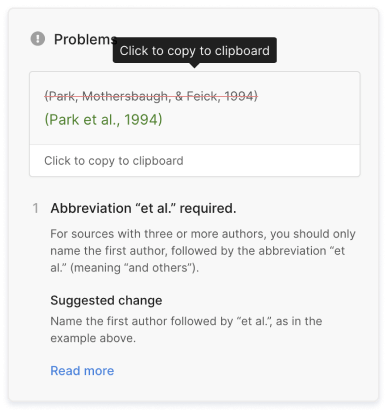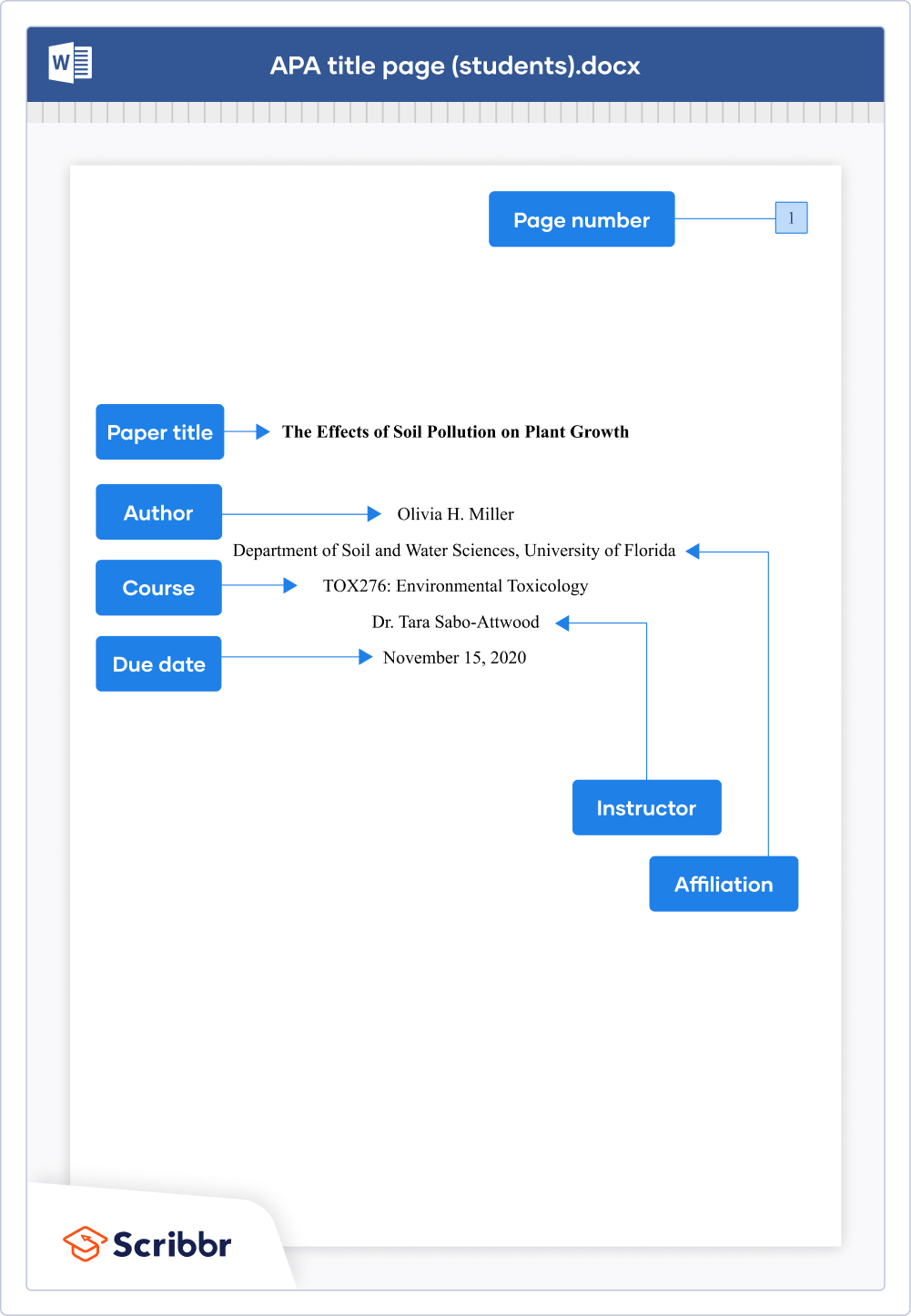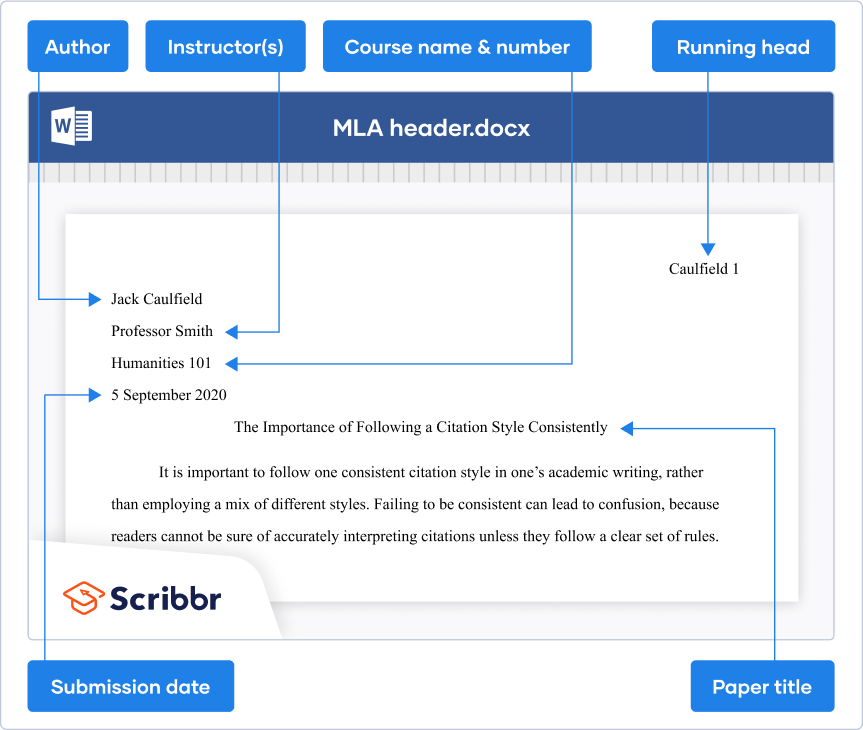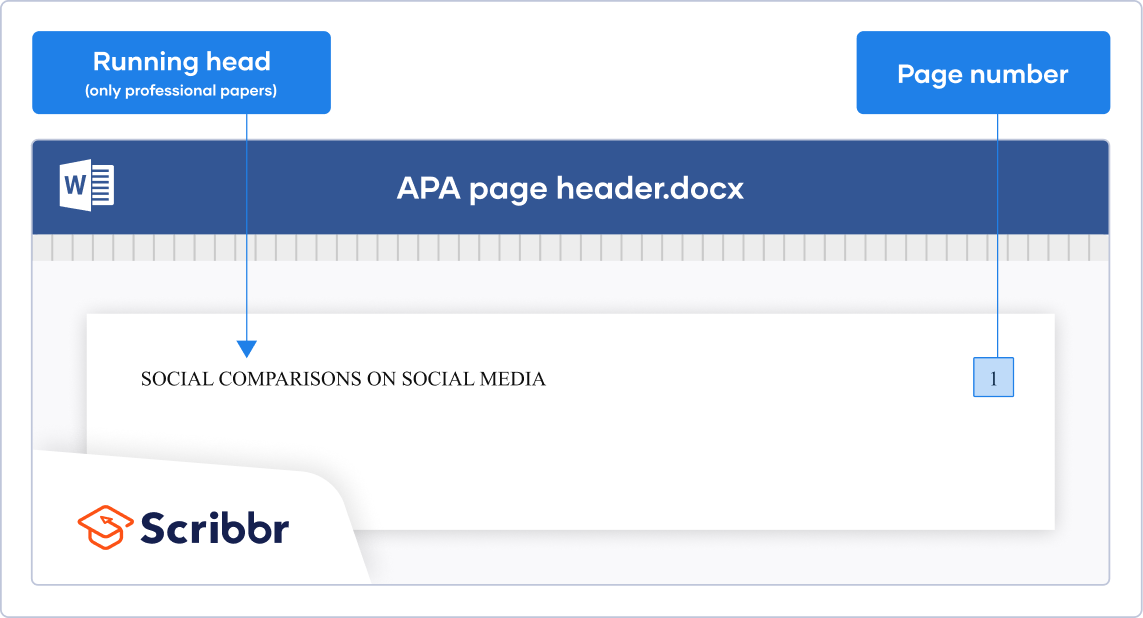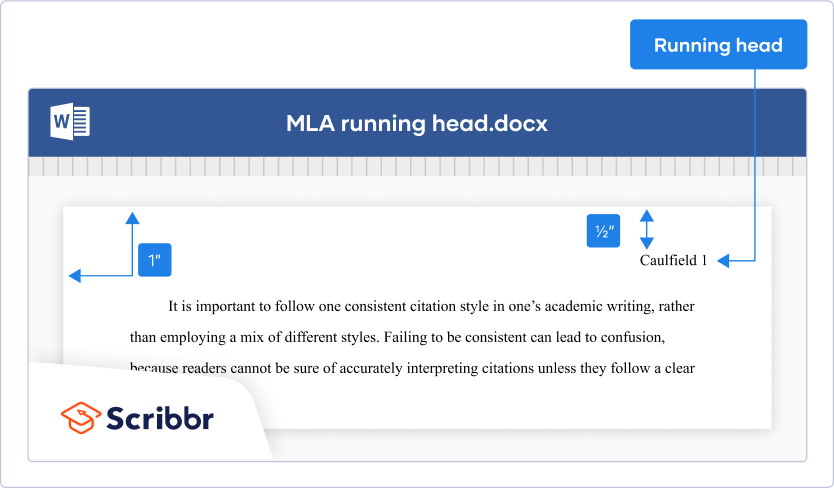APA vs MLA | The Key Differences in Format & Citation
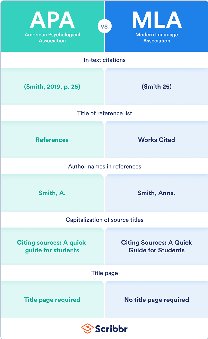
APA Style Is defined in the Publication Manual of the American Psychological Association, currently in its 7th edition.
The rules of MLA style are found in the MLA Handbook, currently in its 9th edition (published by the Modern Language Association).
In both styles, a source citation consists of:
- A brief parenthetical citation in the text
- A full reference at the end of the paper
However, citations look slightly different in each style, with different rules for things like title capitalization, author names, and placement of the date.
There are also some differences in layout and formatting. Download the Word templates for a correctly formatted paper in either style.
Which style should I use?
You’ll usually be told which citation style you should use in your writing by your department or supervisor. If you’re not sure, look up your institution’s guidelines or ask directly.
Occasionally, you may be allowed to choose a style yourself. If so, it’s best to base your decision on your area of study:
- APA is used primarily in the (social and behavioral) sciences and in fields related to education.
- MLA is primarily used in humanities subjects such as languages, literary studies, and media studies.
In-text citations in APA and MLA
Both MLA and APA use parenthetical citations to cite sources in the text. However, they include slightly different information.
An APA in-text citation includes the author’s last name and the publication year. If you’re quoting or paraphrasing a specific passage, you also add a page number.
An MLA in-text citation includes the author’s last name and a page number—no year.
When there are two authors, APA Style separates their names with an ampersand (&), while MLA uses “and.” For three or more authors, both styles list the first author followed by “et al.”
| APA | MLA | |
|---|---|---|
| 1 author | (Taylor, 2018, p. 23) | (Taylor 23) |
| 2 authors | (Taylor & Kotler, 2018, p. 23) | (Taylor and Kotler 23) |
| 3+ authors | (Taylor et al., 2018, p. 23) | (Taylor et al. 23) |
APA reference list vs. MLA Works Cited list
In both APA and MLA style, you list full details of all cited sources on a separate page at the end of your paper. In APA this is usually called the reference list; in MLA it’s called the Works Cited.
The formatting of source entries is different in each style. Some key differences are summarized in the table below.
| APA | MLA | |
|---|---|---|
| Author name | Last name, Initial.
Mounier-Kuhn, P. |
Last name, First name.
Mounier-Kuhn, Pierre. |
| Capitalization of source title | Sentence case (but capitalize after a colon):
Sapiens: A brief history of humankind |
Title case:
Sapiens: A Brief History of Humankind |
| Formatting of titles | No formatting for chapters, articles, etc.; italics for books, journals, etc.:
Computer science in French universities: Early entrants and latecomers. Information & Culture: A Journal of History |
Quotation marks for chapters, articles, etc.; italics for books, journals, etc.:
“Computer Science in French Universities: Early Entrants and Latecomers.” Information & Culture: A Journal of History |
| Publication date | In parentheses after the author’s name:
Mounier-Kuhn, P. (2012). … |
Later in the reference, not in parentheses:
… vol. 47, no. 4, 2012, … |
| URLs & DOIs | No period after the URL or DOI:
https://doi.org/10.7560/IC47402 |
Period after the URL or DOI:
https://doi.org/10.7560/IC47402. |
Using the interactive tool, you can switch between APA and MLA style citations for common source types to explore the differences for yourself.
You can automatically create your in-text citations and references in either style using the free Scribbr Citation Generator.
Generate accurate citations with Scribbr
APA vs. MLA paper formatting
The general formatting guidelines for APA and MLA are similar. Both styles recommend:
- 12 pt Times New Roman font
- Double spacing
- 1 inch (2.54 cm) margins
The main differences between APA format and MLA format involve the title page, running head, and block quoting guidelines.
Title page and header
In APA, a separate cover page is required. It lists the title of your paper, your full name, your institution and department, the course the paper is for, your instructor’s name, and the due date, all centered and double-spaced.
In MLA, no title page is required (though your instructor may require you to include one). Instead of a title page, you add a four-line header on the first page.
The header is left-aligned and double-spaced and lists your full name, your instructor’s name, the course title or number, and the submission date. The paper’s title is centered on a new line under the header.
Running head
In APA Style, include a right-aligned page number at the top of each page.
In manuscripts that will be submitted for publication, you should also include an APA running head with a shortened version of your paper’s title (up to 50 characters long), all in capitals and left-aligned.
The running head is not required in student papers (unless you’re instructed otherwise).
In MLA, your last name and the page number appear as a running head at the top of every page, both right-aligned.
Block quote formatting
Block quotes are long quotations that are set on a new line and indented as a block, without quotation marks.
In APA, any quote of 40 words or longer should be formatted as a block quote. In MLA, block quote formatting is used for quotes of more than four lines of prose or more than three lines of verse.
In both styles, the in-text citation is added after the period at the end of a block quote.
The reader quickly becomes familiar with Nick Carraway’s relationship with Jay Gatsby, as the very first mention of the character illustrates both his admiration and disdain:
The reader quickly becomes familiar with Nick Carraway’s relationship with Jay Gatsby, as the very first mention of the character illustrates both his admiration and disdain:
Frequently asked questions about citation styles
- What are the main differences between APA and MLA?
-
APA and MLA style both use parenthetical in-text citations to cite sources and include a full list of references at the end, but they differ in other ways:
- APA in-text citations include the author name, date, and page number (Taylor, 2018, p. 23), while MLA in-text citations include only the author name and page number (Taylor 23).
- The APA reference list is titled “References,” while MLA’s version is called “Works Cited.”
- The reference entries differ in terms of formatting and order of information.
- APA requires a title page, while MLA requires a header instead.
- Which citation style should I use?
-
Check if your university or course guidelines specify which citation style to use. If the choice is left up to you, consider which style is most commonly used in your field.
- APA Style is the most popular citation style, widely used in the social and behavioral sciences.
- MLA style is the second most popular, used mainly in the humanities.
- Chicago notes and bibliography style is also popular in the humanities, especially history.
- Chicago author-date style tends to be used in the sciences.
Other more specialized styles exist for certain fields, such as Bluebook and OSCOLA for law.
The most important thing is to choose one style and use it consistently throughout your text.
- Who uses APA Style?
-
APA format is widely used by professionals, researchers, and students in the social and behavioral sciences, including fields like education, psychology, and business.
Be sure to check the guidelines of your university or the journal you want to be published in to double-check which style you should be using.
- Who uses MLA style?
-
MLA Style is the second most used citation style (after APA). It is mainly used by students and researchers in humanities fields such as literature, languages, and philosophy.
Cite this Scribbr article
If you want to cite this source, you can copy and paste the citation or click the “Cite this Scribbr article” button to automatically add the citation to our free Citation Generator.
McCombes, S. (2024, January 17). APA vs MLA | The Key Differences in Format & Citation. Scribbr. Retrieved April 22, 2024, from https://www.scribbr.com/citing-sources/apa-vs-mla/

